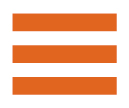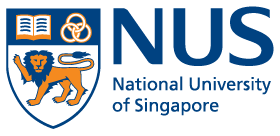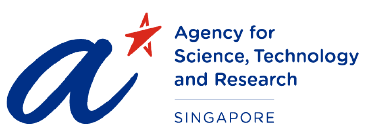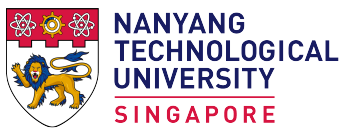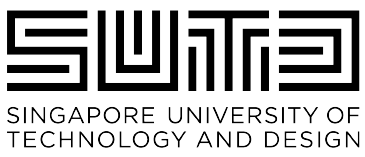Highlights
Researchers prove limit on entanglement assisted communication
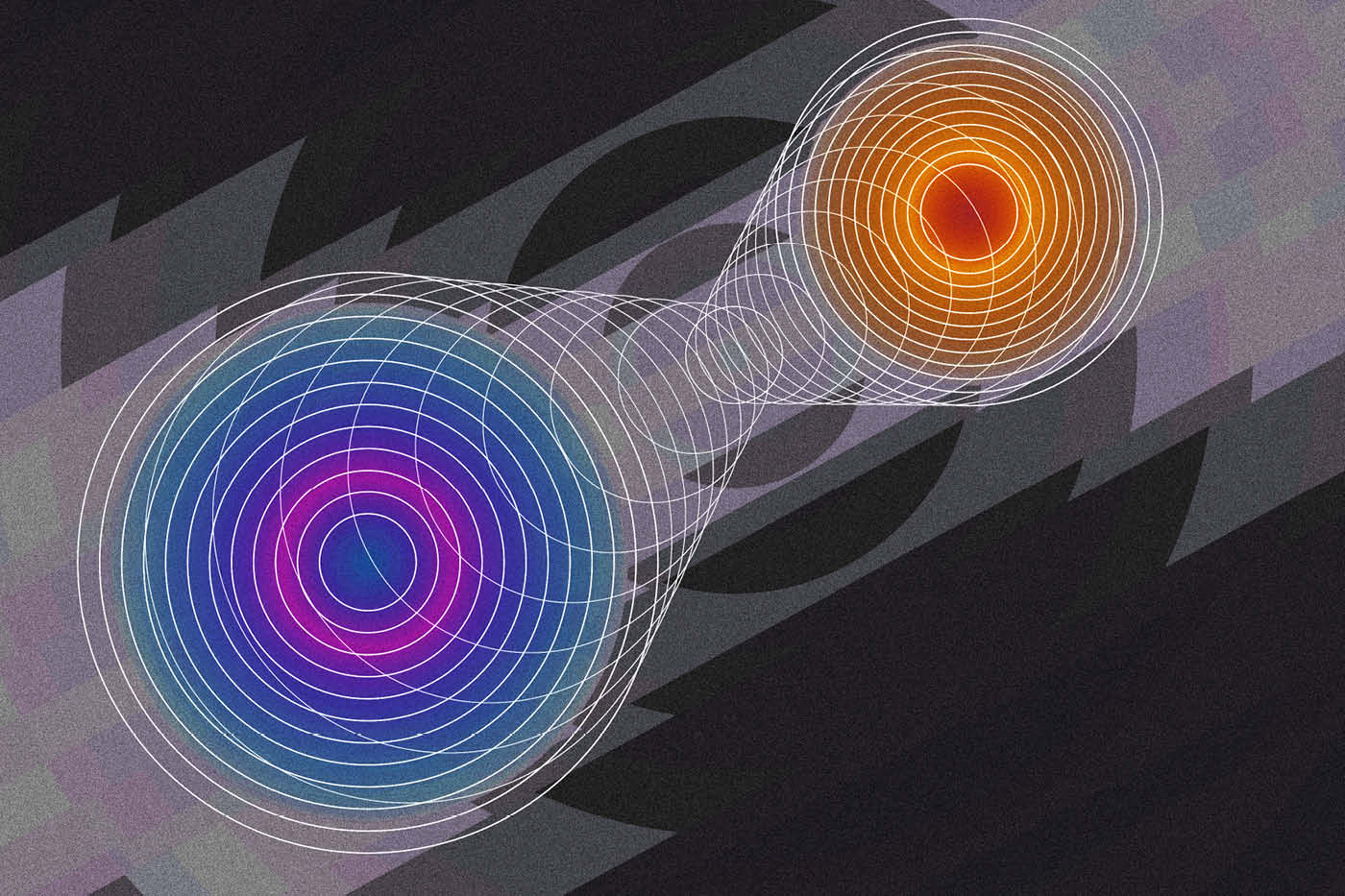 Understanding the fundamental limits of how much advantage can be squeezed from entanglement can guide the development of quantum networks and the quantum internet.
Understanding the fundamental limits of how much advantage can be squeezed from entanglement can guide the development of quantum networks and the quantum internet.
Researchers have long known that entanglement can boost the amount of information that can be communicated from a sender to a receiver, but not by how much. CQT’s Marco Tomamichel and his collaborators give an answer in their new work published in Physical Review Letters on 17 January 2025.
The researchers prove that there is an upper bound to the ratio of the entanglement-assisted capacity to the unassisted capacity.
“Most people believed that the ratio between the two cannot get arbitrarily large but there just wasn’t a way to show it yet,” says Marco, who is a Professor at the Department of Electrical and Computer Engineering at the National University of Singapore and a Principal Investigator at CQT.
The sender and receiver can use a quantum channel many times to send information and use arbitrarily complex coding and decoding schemes. These capacities measure the maximal amount of classical information in bits that can be sent through the channel per use.
Entanglement-assisted communication is already considered useful for deep-space communication to counter the challenge of loss and covert communication where you want to send as small a signal as possible. More broadly, understanding the fundamental limits of how much advantage can be squeezed from entanglement can guide the development of quantum networks and the quantum internet.
The researchers are set to present the work at the international conference on Quantum Information Processing (QIP) 2025 in North Carolina, United States, in February.
Entanglement assistance
The simplest example of how entanglement can boost capacity is what is known as the superdense coding protocol, which has been demonstrated experimentally. The sender and receiver communicate by transmitting only a single qubit via a perfect, noiseless, channel. If the sender and receiver were entangled, the sender can send two bits of classical information using this single qubit; if not entangled, they can only transfer one bit.
In this case, the ratio of the entanglement-assisted capacity to the unassisted capacity is two. However, the qubit is a simple quantum system having just two dimensions. Researchers still wondered how much advantage a sender transmitting more complex quantum states with higher dimensions could achieve. Charles Bennett, Peter Shor, John Smolin and Ashish Thapliyal conjectured in 2002 that this ratio will always be bounded when the dimension of the quantum system being sent through the channel is finite.
More than two decades later, Marco and his collaborators have now proven this conjecture, showing that the magnitude of the boost from entanglement has a fundamental upper limit. Specifically, they show that the upper bound is quadratic in the input dimension of the channel.
“In particular, this implies that the full power of entanglement can only be leveraged for continuous-variable quantum channels,” write the researchers in a summary of their work.
The idea to tackle the open question came about when Marco’s co-author Paula Belzig, now at the Institute for Quantum Computing at the University of Waterloo, Canada, was visiting the group as part of her PhD exchange programme. Their co-authors Lasse Wolff, Matthias Christandl and Bergfinnur Durhuus are based at the University of Copenhagen.
Other open questions
The bound has already been applied to fault tolerant quantum communication. In an earlier work in 2024, Paula, Christandl and co-author Alexander MĂĽller-Hermes showed that the then-unproven bound was necessary to achieve the entanglement-assisted capacity for fault tolerant encoders and decoders.
However, the researchers’ result still leaves questions unanswered. Examples of channels where the ratio is linear in the input dimension are known, but there are no known examples where the ratio is quadratic. One question for future investigations is thus whether the quadratic upper bound could be tightened to be linear.
Marco says, “Either the upper bound or the lower bound are not tight. I’m interested in closing this gap.”
There's another enticing problem here, too. Does the output dimension play a role? A channel taking in a qubit could output a larger-dimensional system. The researchers leave open the question of whether there is a bound on the ratio of capacities that only depends on the output dimension.
Learn more
Related Stories
 | Revisiting security assumptions in satellite-based quantum communications November 20 2023 |
Guarding quantum communication against manipulation January 23 2025 | |
Flawed proof rocks quantum information theory December 22 2023 |


